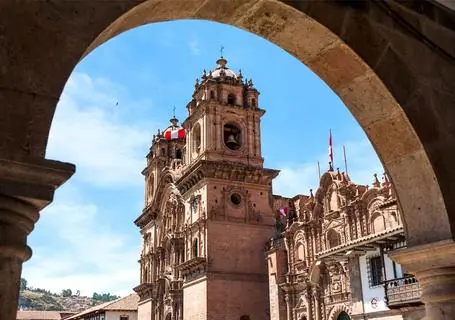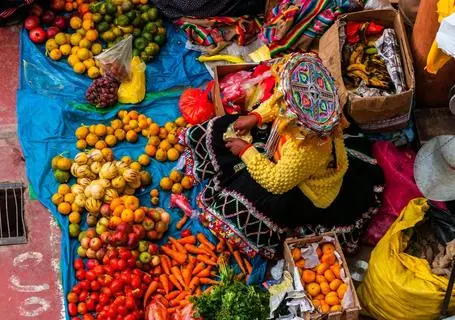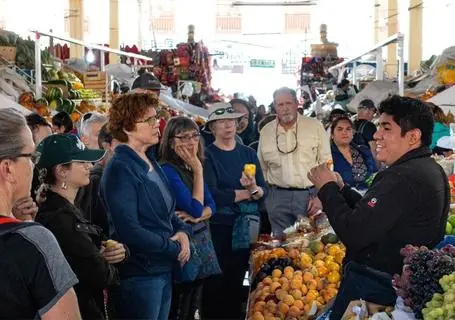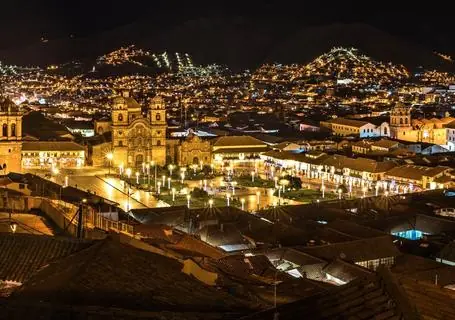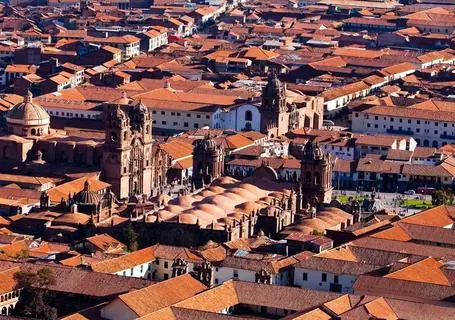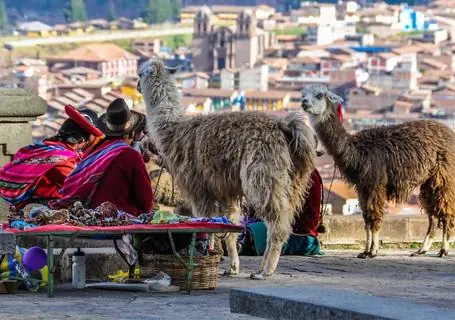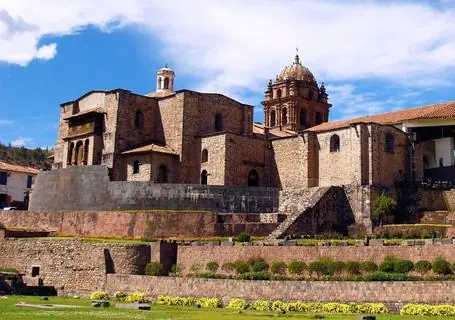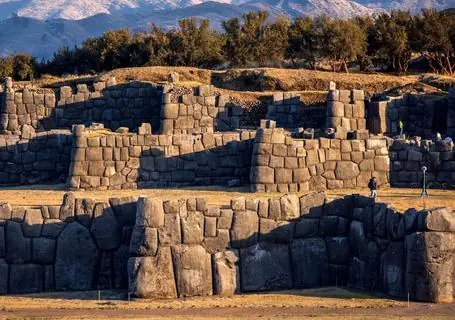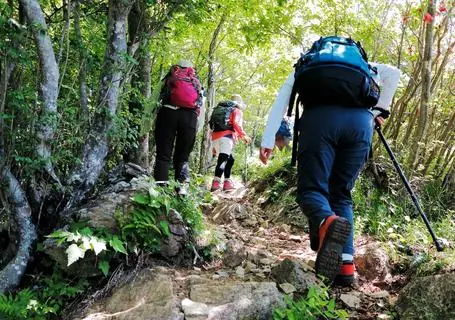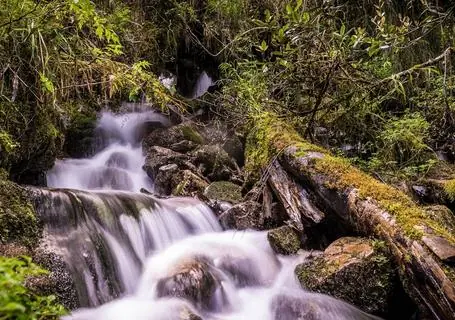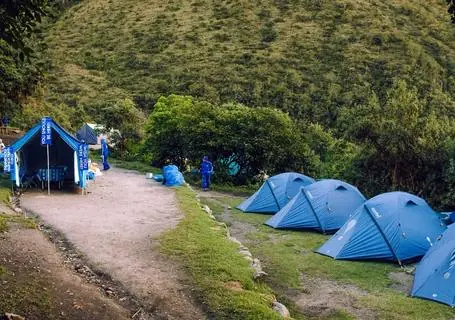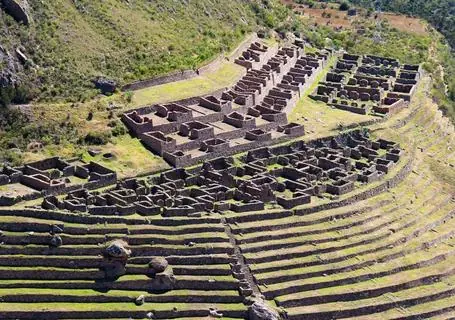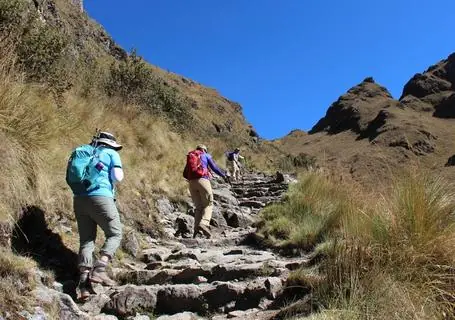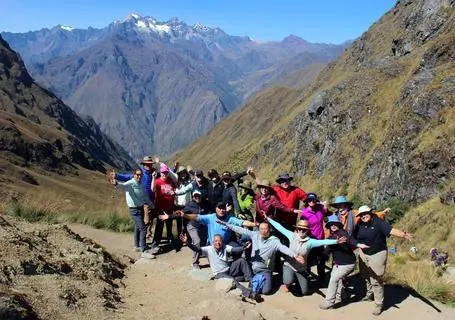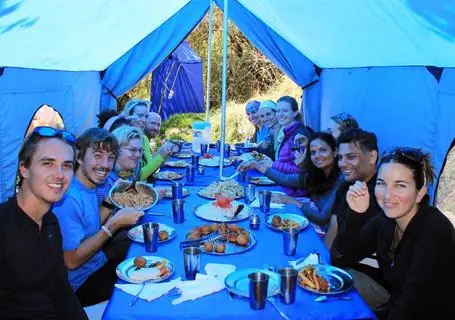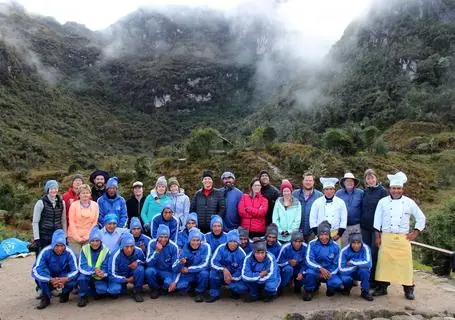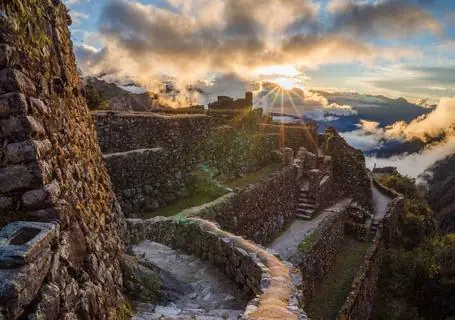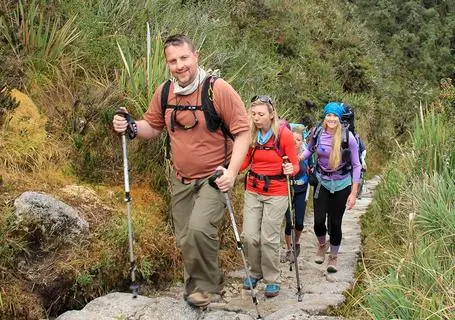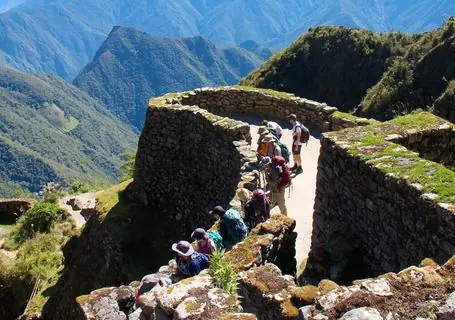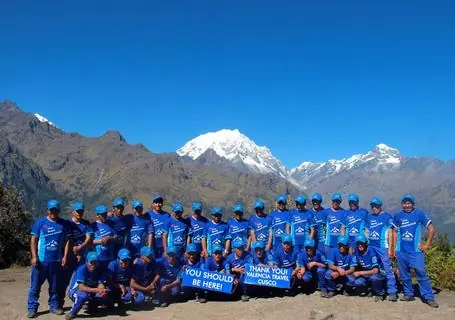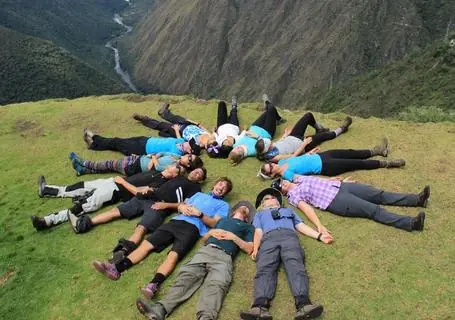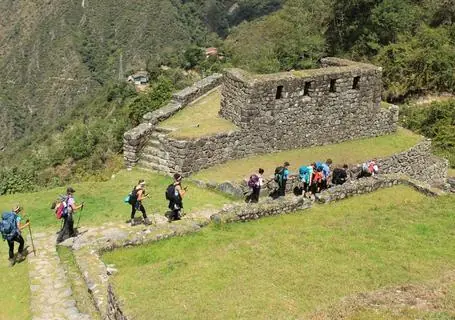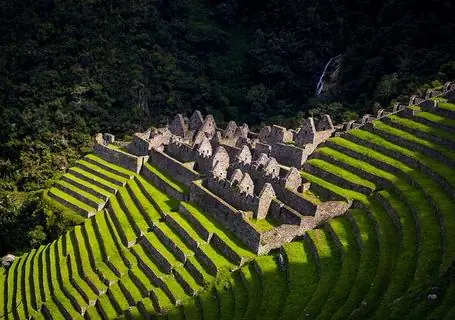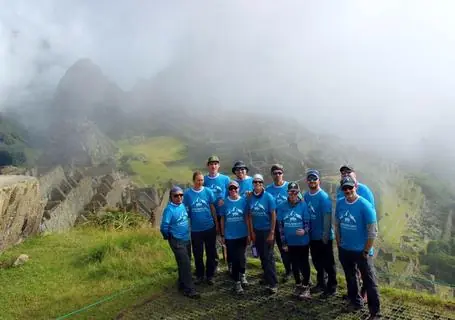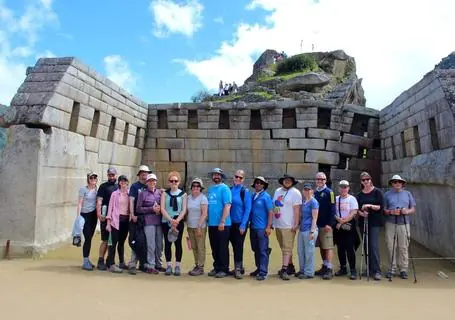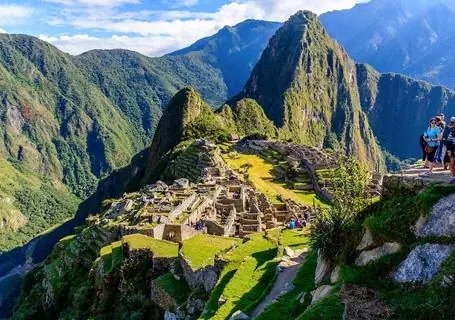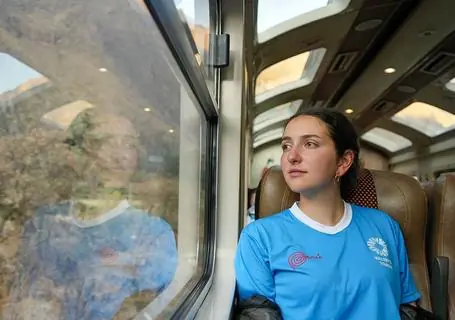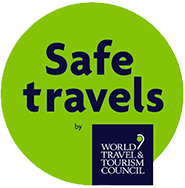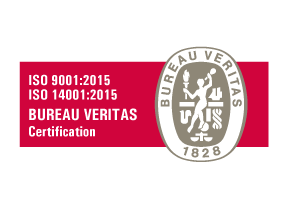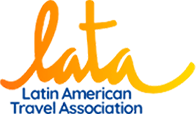Hike The Inca Trail To Machu Picchu - 7 Days
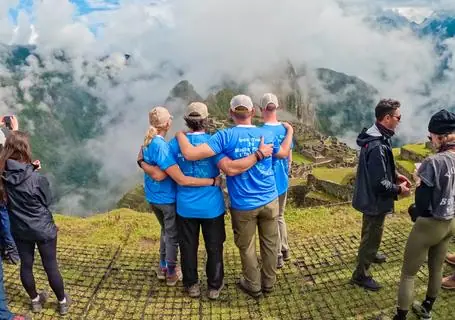
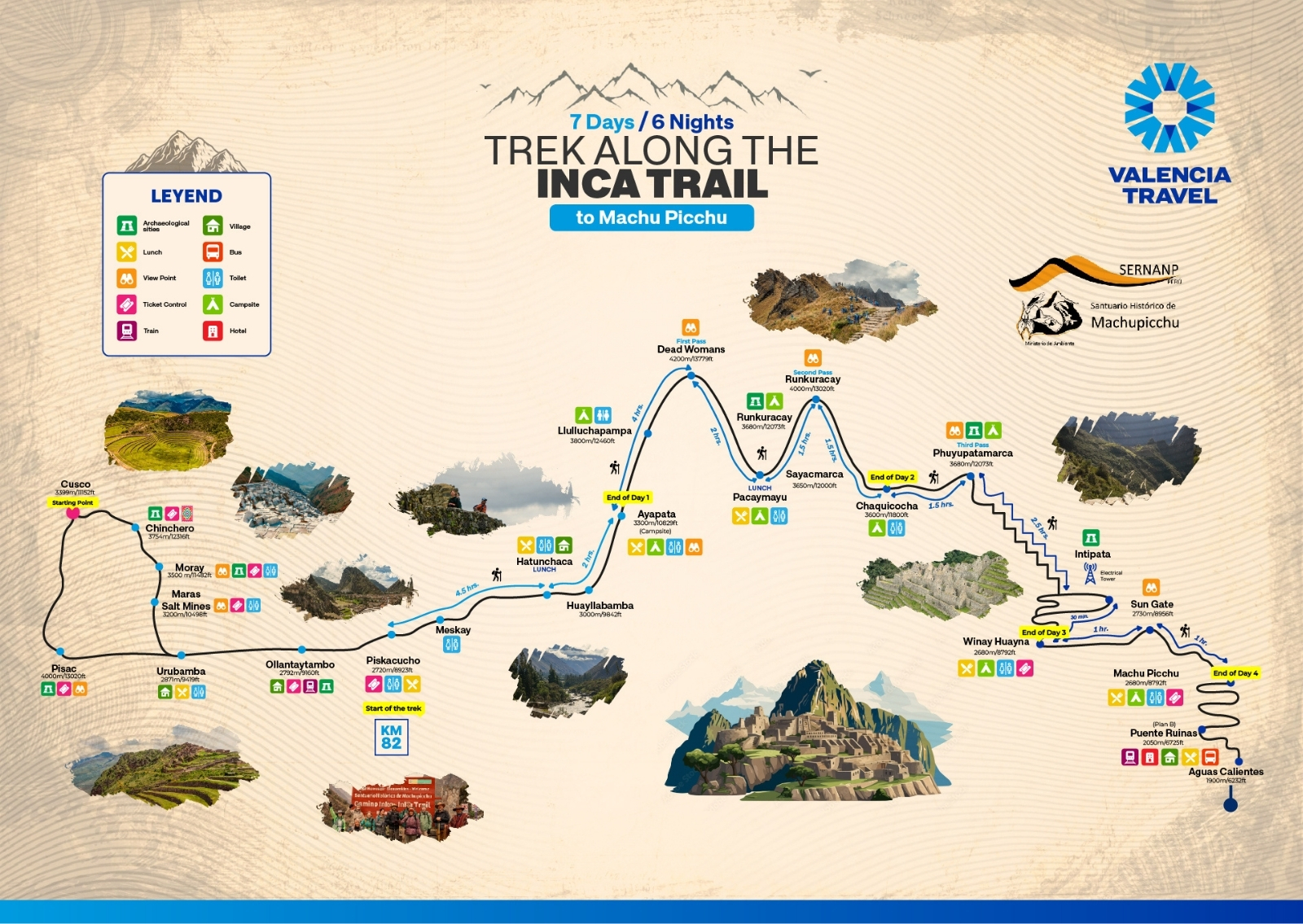
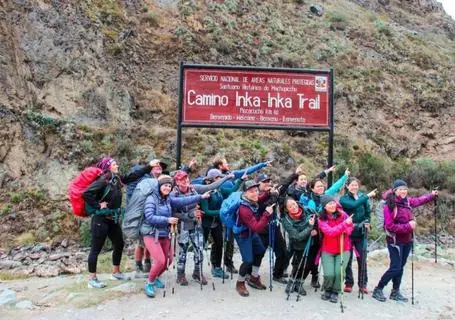
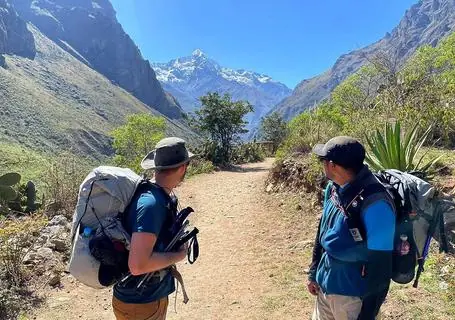
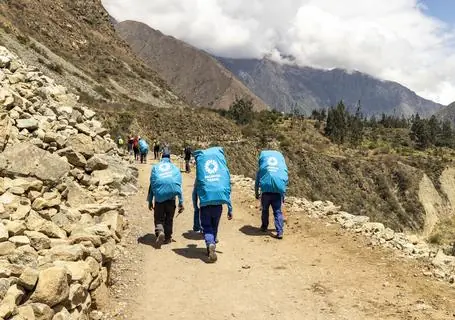
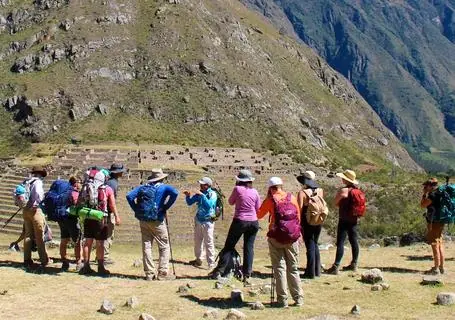
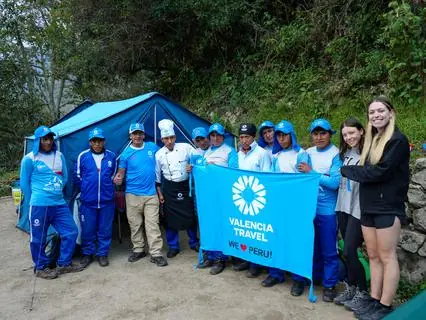 View All PhotosView All Photos
View All PhotosView All PhotosAdventure
Moderate - Demanding
Cusco, Inca Trail, Machu Picchu
Hiking / Trekking, Archaeological / Architecture
cardinfo-price-per-adult
| cardinfo-text-5 | ||
| cardinfo-text-7 | Not included | |
| cardinfo-text-8 | cardinfo-not-included | |
cardinfo-text-10
h2-title-1
The Inca Trail trek to Machu Picchu is the most famous Inca pathway trekking experience to Machu Picchu, and for very good reason. Combining history, wildlife, and spectacular scenery, this four-day, three-night adventure is an unforgettable experience, with the final destination being Machu Picchu itself. A magnificent Inca archaeological site that ranks among the world’s most impressive sites.
The Machu Picchu trek via the Inca Trail is only about 45 km (28 miles) long, but it ascends and descends through mountains, rising up through three mountain passes, and generally takes a circular route through the tricky terrain of the Andean region in this part of Peru. This makes it a more strenuous 45 km than most; however, this adventure hike to Machu Picchu on the Inca Trail is blessed with spectacular scenery, passing through various Andean environments including cloud forest and alpine tundra, to explore on your Inca Trail to Machu Picchu.
While trekking the Inca Trail to Machu Picchu, you’ll pass through an area of great biodiversity. At any moment, you could come across orchids, foxes, cocks-of -the-rock (Peru’s national bird), spectacled bears, deer, and many more species of flora and fauna. As you hike the Inca Trail to Machu Picchu, you’ll also pass by other impressive Inca ruins, such as Wiñay Wayña and Phuyupatamarca. Exploring Machu Picchu through the historic Inca Trail is an incredibly rich trekking experience, and that’s before you even reach your destination, the sublime mountaintop Inca citadel of Machu Picchu.
It’s impossible to overstate the beauty of Machu Picchu; from its incredible architecture to the surrounding mountains and mist-filled gorges, while walking the ancient path to Machu Picchu... But we won’t attempt to describe it all here. It would be far better if you join us on a journey on the Inca Trail to discover Machu Picchu with our professional guides, porters, and talented cooks, and discover this magical Inca Trail to Machu Picchu trek for yourself.
 Free Brochure
Free BrochureReady to explore? Download the brochure and start planning!

Your FREE travel expert is just a click away
Or Call us now! (888) 803 8004
h2-title-2
Day 1:Arrival to Cusco
Arrival to Cusco with a transfer to your hotel; a welcome meeting will be organized by your guide or representative for a quick briefing for the Machu Picchu Trek via the Inca Trail tour. The rest of the day can be spent exploring Cusco, the ancient capital of the Inca Empire, set in the Andean Mountain range. Discover Spanish churches and mansions that sit alongside Inca remains, visit the local market of San Pedro and their array of products from handicrafts to vegetable products, fresh juices, and items for traditional Andean ceremonies. In the evening, enjoy the eclectic restaurant options available and try some traditional or fusion dishes. We recommend local restaurants that use local organic products from the region and will be happy to give you some recommendations. Why not try visiting in low season? An off-Season Inca Trail hike to Machu Picchu, in March or September (either side of high season), is a great plan! The weather is good and there are fewer people......!
- Meals: Not included
- Transfer In: Cusco Airport – Hotel - Shared Service. (20 Minutes) Assistant English/Spanish.
- Hotel: Jose Antonio Cusco itinerary-service-hotel-extra
Day 2:Open Day
After breakfast, enjoy a free day to explore Cusco at your ease. The capital city of the Inca Empire is now the undisputed archaeological capital of the Americas, as well as the continent’s oldest continuously inhabited city. You may visit the local archaeological sites of Saqsaywaman, Tambomachay, and Qenqo or you can take part in a Peruvian cooking class or chocolate-making class, depending on how you want to spend your free day. We can help arrange and suggest all activities available in this incredible imperial City.
- Meals: Breakfast
- Hotel: Jose Antonio Cusco itinerary-service-hotel-extra
Day 3:Our Inca Trail Adventure Begins!
The meeting point will be at the Hotel at 4:30 a.m. We will continue to our first stop, a local restaurant, where you can do your shopping if you forget something like (water, chocolates, or rain ponchos). Then we will continue to 'Piscacucho' and we will do our check-in. If you have modified your passport, since the time of booking, please contact your executive in charge. Your original passport details are obligatory to enter The Inca Trail).
Remember that access to the Inca Trail is limited. This is the time to use the restrooms, apply sunscreen, insect repellent, etc. We have before us a wonderful Inca Valley, used by the same great Inca master and his royal entourage, to reach Machu Picchu. Now, you are so lucky to follow in the footsteps of the Incas to the end of what was for them a significant sacred journey. The trail starts at 2,720 m / 8,923 ft and we will cross the Vilcanota River on the right side. But the path soon begins to incline steeply through the cloud forest. In time you will see the great views of an Inca fortress called 'Huillca Raccay as well as the vast and incredible Inca site of 'Llactapata'. Also, we will see the Urubamba mountain range that divides the jungle, the Andes, and the beautiful snow-capped 'W'akay Willca' at 5,860 m / 19,225 feet, known as Verónica. There was so much beauty to admire on this first day of the 4-day Inca Trail trek, an incredible encounter with Andean nature. We will now establish our first camp which is 2 hours from the small town of Wayllabamba 3300m/10,826ft in the temperate valley of the same name. Night temperatures are around 5ºC (depending on the month).
Important: (The Inca Trail campsite assignment is subject to the availability determined by The Ministry of Culture).
- Total trekking distance: 14 km / 7 - 8 hours approx.
- Highest altitude: 3,300 m (10,829 ft).
- Lowest Altitude: 2,720 m (8,923 ft)..
- Meals: Lunch, Dinner
- Transfer: Hotel - KM 82 Trailhead.
- Tour Guide: Local Tour Guide: English/Spanish.
- Entrance Fee: Inca Trail KM 82
- Camp site: Ayapata (Tent per 2 people).
Day 4:Into the Sacred Mountains
It’s another early start as we wake around 5:30 a.m. Our cooks will prepare a hearty breakfast to get your energy levels up, and you’re going to need it. The second trekking day on the classic Inca Trail is generally regarded as the toughest day, and we have a steep ascent ahead of us. We’ll be following the Inca Trail along a route that was sacred to the Incas, as it rises up into the Apus, where the mountain spirits dwell.
After a few hours, we will reach the highest pass on the trail, known as Abra de Warrmihuañusca, or Dead Woman's Pass, at an elevation of 4,200 m (13,779 ft). It’s a challenging trek to get up to this point, but we’ll be with you all the way, taking it one step at a time. The high altitude makes it even tougher, so don’t worry if you find yourself stopping every few steps – that’s perfectly normal (unless you’re one of our incredible porters, who make it look easy!). Once we make it to the pass, we’ll have a well-deserved rest and enjoy the spectacular mountain scenery, and you can be justifiably proud to have made it to Dead Woman's Pass. After our rest, we will begin the descent to our lunch stop, located at Pacaymayu at 3,550 m (11,646 ft). On our way, you’ll be able to see lots of hummingbirds as they flit about, as well as other species of birds. The variety of native plants is all impressive here, and your guide will point out some species, such as the Polylepis, a native tree that only grows in the cloud forest at this particular altitude.
After lunch, we’ll set off on another steep ascent for about two hours. Our destination is the Runkurakay pass (4,000m / 13123 ft), It’s then just another 1.5 hours until we stop for the night at our second campsite Chaquicocha (Dry Lake, 3600 meters). where we will camp for the night. We should get there around 5 p.m., with plenty of time to set up our campsite before having dinner. Then it will be time for bed, your body tired but your mind exhilarated by the day’s achievements.
- Total trekking distance: 16 km / 9 hours approx.
- Highest altitude: 4,200 masl (13,779 ft).
- Lowest altitude: 3,600 masl (11,800 ft).
- Meals: All Included
- Tour Guide: Local Tour Guide: English/Spanish.
- Camp site: Chaquicocha (Tent per 2 people).
Day 5:The Inca Trail to Wiñay Wayna
After another energy-filled breakfast, we’ll set off on a relatively gentle uphill trek to our first stop of the day: the archaeological site of Phuyupatamarca, "The City Above the Clouds," located at around 3,680 m. This enchanting Inca ruin features terraced slopes and five small stone baths that contain constant fresh running water during the wet season. From here, we have incredible views of snow-capped peaks in the distance, including Salkantay and Veronica.
Heading on, we walk up and down a series of Inca steps – more than 1,000 in total! While not as physically difficult as the previous day’s trek, these steps put a lot of strain on the knees, especially going downhill, so take it slowly. Then we’ll pass through the cloud forest to the impressive agricultural Inca site of Intipata, which is one of the lesser-known ruins along the Inca Trail. But its agricultural terraces are very impressive, and we’ll have great views of them from parts of the trail.
We will continue on our way, heading to the third campsite at Wiñay Wayna, at 2,680 m (8,792 ft). After a total of 4 or 5 hours of trekking on Day 3, we will arrive at the camp by lunchtime. We’ll have lunch and a rest, and then go on a short walk to explore the nearby Wiñay Wayna (“Forever Young”) archaeological site. This site has magnificent agricultural terraces as well as numerous Inca buildings displaying a high level of Inca masonry. There is also a series of 10 baths, which suggests that the site was once a religious center of water worship. Some archaeologists have surmised that travelers heading to Machu Picchu may have cleansed themselves here before heading on to the citadel.
We are now close to our final destination and the end of our trek. We’ll have dinner at the campsite and rest in advance of the next day -- and our arrival at Machu Picchu.
- Total trekking distance: 10 km / 5 hours approx.
- Highest altitude: 2,700 masl (8,858 ft).
- Lowest altitude: 2,680 masl (8,792 ft).
- Meals: All Included
- Tour Guide: Local Tour Guide: English/Spanish.
- Camp site: Wiñay Wayña (Tent per 2 people).
Day 6:The End of the Inca Trail and Arrival at Machu Picchu
End Of The Inca Trail – Machu Picchu
The Inca was the son of 'Inti' (The Sun) and only he was allowed to do this path since it was his way to glory among the Apus and to enjoy his royal house, Machu Picchu. Now you too have become part of Royalty or you feel like it since you have mixed with the Apus on this spiritual path. Thus, after completing the Inca Trail, things will no longer be the same. The total distance to travel is 5 km (about 2 hours). It's time to get up, have an early breakfast, and get back on track. On this early start, we have to reach 'Intipunku' ('Puerta del Sol') (2,730 m / 8,792 ft) before sunrise.
You will get your first great view of Machu Picchu (2400m/7873ft) with the sun rising over it.
We will spend some time there taking an impressive tour of the ancient city. We will walk the last part of the way to a place where you can take a classic postcard photo of this Inca citadel. A moment that makes every step of the trail worthwhile. Depending on the weather, we’ll rest here for 15 to 30 minutes, soaking in the silence, the scenery, and the sense of awe that fills the air at sunrise.
From there, we begin our one-hour descent, walking in the footsteps of the Inca along Circuit 1-B, also called the Panoramic Terrace Route, which is the upper section of the archaeological site. This circuit leads us to the main viewpoint, the picture-perfect perch where travelers and trekkers can take their iconic postcard shot of Machu Picchu. Afterward, we will continue descending to Aguas Calientes, where a bus (included in the tour) awaits. Lunch will be in this town (not included), and your guide will provide your return train tickets to Cusco. Our car will be waiting at the train station to transfer you back you your Cusco hotel.
If you're not quite ready to say goodbye to this magnificent Inca Citadel, or if you would like to climb the Huayna Picchu Mountain / Machu Picchu Mountain, you may re-enter Machu Picchu to do so. This option requires an additional Machu Picchu entrance ticket and is subject to availability through the Ministry of Culture.
- Total trekking distance: 5 km / 2 hours approx.
- Highest altitude: 2,730 m (8,792, ft).
- Lowest Altitude: 2400 m (7,873 ft).
- Meals: Breakfast
- Tour Guide: Local Tour Guide: English/Spanish.
- Bus: Machu Picchu - Aguas Calientes (20 minutes Approx).
- Train Ticket: Aguas Calientes to Ollantaytambo or Poroy.
- Transfer: Ollantaytambo Train Station - Hotel.
- Hotel: Jose Antonio Cusco itinerary-service-hotel-extra
Day 7:Transfer to Cusco Airport
After breakfast, enjoy your last day at leisure in Cusco before your transfer to the Cusco airport for your return flight home, via Lima. Arrive in Lima for your international flight with memories of your historical Inca Trail and Machu Picchu tour.
- Meals: Breakfast
- Transfer Out: Hotel - Cusco Airport - Shared Service. (20 Minutes) Assistant English/Spanish.
h2-title-3
Secure your spot on the trip now with our real-time availability information.
Act quickly—these spots sell out fast!
h2-title-4
The Inca Trail To Machu Picchu - What's Included:
- Shared Transportation from the airport to the hotel and vice versa
- Briefing to the tour one day before the trek at 19h00.
- Shared transportation from Cusco to Km 82.
- Professional English-speaking guide service.
- An assistant guide for groups of more than 9 people.
- A chef trained for cooking on trekking routes and an assistant cook.
- Complete set of kitchen equipment and utensils.
- Dining room equipment which includes tables, chairs, and a dining tent.
- Water (you need to bring water for the first morning then we will provide you with previously boiled drinking - water).
- As soon as we receive your details and deposit, we will purchase your permits (pending availability). These permits are for a specific date and in your name. They can’t be changed once they are confirmed. Only your passport number is allowed to be updated. The permit includes your entrance ticket to Machu Picchu.
- Train ticket from Aguas Calientes to Ollantaytambo / Poroy. (or Av. el Sol when it is a bimodal service). This train ticket is The Expedition Train or Voyager Train and leaves Aguas Calientes station at 15h20
- First aid kit
- Shared transportation from Ollantaytambo/Poroy train station (or Av. el Sol when it is a bimodal service) to your hotel in Cusco
- 24/7 support and an emergency line available throughout the itinerary.
- Camping equipment such as tents, for the camping sites along the Inca Trail.
The Inca Trail To Machu Picchu - What's not Included:
- Evacuation: in the event of a serious medical injury, we will coordinate with your travel insurance company to arrange evacuation.
- Meals and drinks other than those mentioned in the itinerary (Please let us know if you would like any extra meals included).
- Tips and gratuities.
- Optional excursions.
- Items of a personal nature such as souvenirs and telephone calls.
- Second Entrance Ticket to Machu Picchu
- Travel insurance.
- Damages caused by the client to the bus or to the camping equipment.
- Trekking equipment such as walking sticks, sleeping bags, or inflatable mattress.
- Personal porter who is responsible for carrying your duffel bag. (You will not have access to your duffel bag until your evening campsite).
h2-title-5

specialist-box-title
Maria Diaz
specialist-box-phrase
top-tours-title
top-tours-info
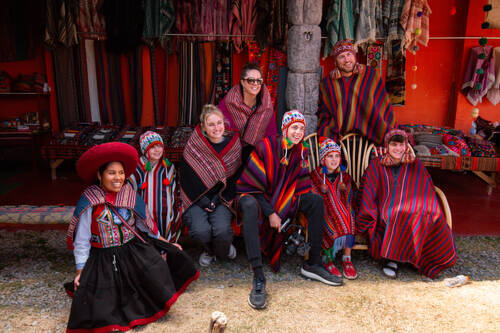
Classic Peru Trip
7daysValencia Travel's classic Peru trip is a bucket-list adventure. This 7 Day trip will take you on unforgettable experiences throughout the Peruvian heartland.
card-type-tagCultural, Gastronomy
card-activity-tagEasy
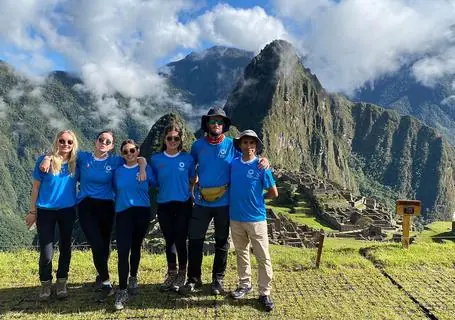
Classic Inca Trail
4daysThe Inca Trail trek to Machu Picchu is the ultimate bucket list hiking experience! Join us on this Classic 4 Day & 3 night Inca Trail Hike!
card-type-tagAdventure
card-activity-tagModerate - Demanding
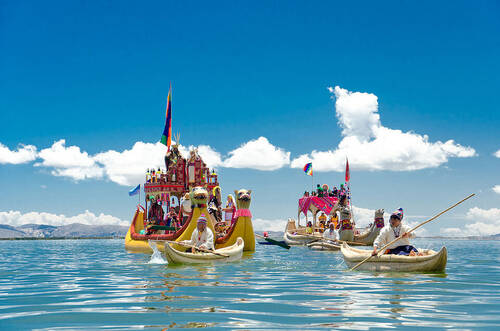
Classic Peru
12daysDiscover Peru's sites on our 12-Day Classic Peru Tour. Visit Machu Picchu, Lima's culinary delights, and Cusco's cultural heritage. Experience all this and more!
card-type-tagCultural
card-activity-tagModerate
asso-info-title
asso-info-description
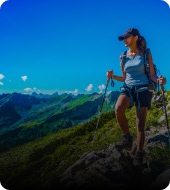 Aventure
Aventure
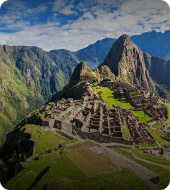 Cultural
Cultural
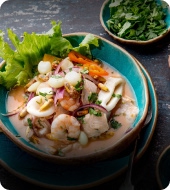 Gastronomy
Gastronomy
 Wellness
Wellness
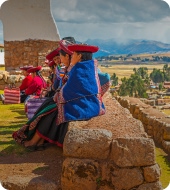 Local Living
Local Living
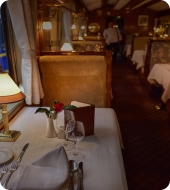 Luxury
Luxury
